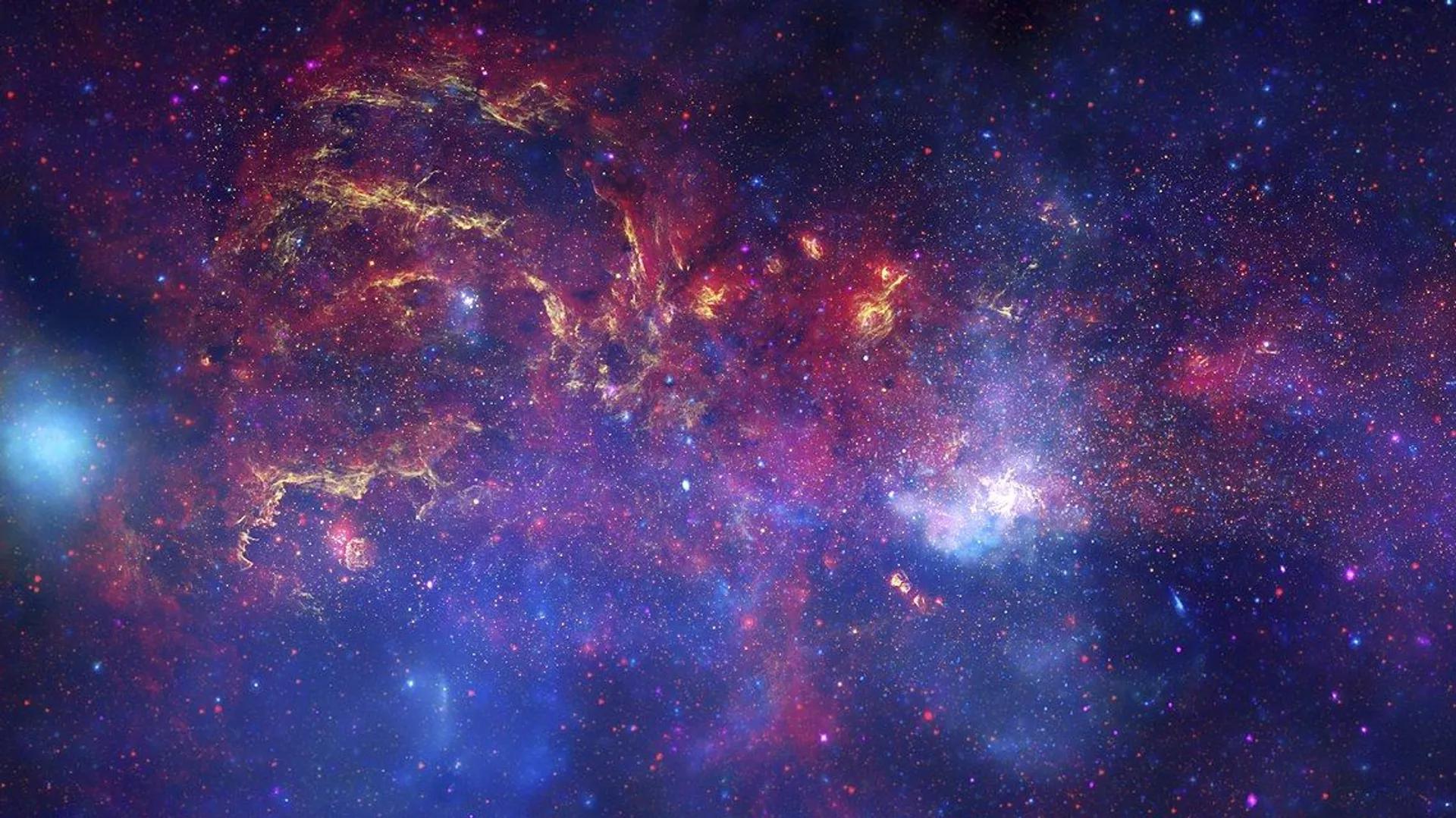Africa-Press – Liberia. The so-called Fermi bubbles – two large structures emitting high-energy gas – are centered on the core of the Milky Way but also extend above and below it. Discovered in 2010, their origins are still a mystery.
Neutron stars with extremely fast spin rates are most likely causing the gamma-ray radiation emanating in the region of the Milky Way, rather than the so-called Fermi Bubbles, as previously thought, new research has suggested.
The “millisecond pulsars” – collapsed, ultra-dense cores of dead massive stars – are located in the Sagittarius dwarf galaxy, which orbits the Milky Way, according to research by Australian scientists, published in Nature Astronomy.
Previously, the enormous radiation was associated with structures called Fermi Bubbles which were discovered in 2010 erupting from the Milky Way galactic center.
‘Fermi Bubbles’
Astronomers working with the Fermi Gamma-ray Space Telescope – launched in 2008 – announced the discovery of the two giant blobs that extended above and below the plane of the Milky Way for a total distance of 50,000 light years, expanding at a rate of millions of miles an hour. Their origins have puzzled astronomers for more than a decade, with one theory suggesting that they owed their existence to the Milky Way’s supermassive black hole, four million times more massive than the Sun. Blowing upwards and outwards, the blobs are brighter in high-energy gamma radiation than the rest of the Milky Way’s disk.
After a while, astronomers hit upon some tentative evidence linking the Fermi Bubbles to our Galaxy’s supermassive black hole. They found that there was suggestion of a thin gamma-ray jet-like feature pointing towards the galactic center inside one of the afore-said ‘bubbles’. What puzzled the scientists was the odd, lopsided shape of the bubbles, one of which contained an elongated bright spot – a “cocoon”.
Australian scientists had decided to scrutinize this ‘cocoon’ of accelerated cosmic rays more thoroughly, only to uncover lack of any connection between the structure and the Fermi Bubbles or the Milky Way’s supermassive black hole.
The team of astronomers, led by astrophysicist Roland Crocker of Australian National University, modeled the gamma-ray emission over a range of possible explanations. They concluded that the Sagittarius galaxy was the most likely emitter of radiation in the Fermi cocoon. They focused on the fact that the location of the cocoon coincides with the location of the core of the Sagittarius dwarf galaxy. A satellite of the Milky Way, this galaxy happens to be behind the southern Fermi Bubble as viewed from Earth.
There was a mystery regarding gamma rays coming out of the Sagittarius dwarf galaxy. Gamma rays mainly occur when high-energy particles – cosmic rays – collide with the gas between the stars. However, stars of the dwarf galaxy under scrutiny were old and could not be responsible for massive radiation, according to the team. So they decided that “millisecond pulsars” must be producing the gamma rays.
Under certain conditions, binary systems comprising remnants of stars much more massive than the Sun that are also closely orbiting another star produce a neutron star. This stellar object is about as heavy as the Sun but no more than about 20km in diameter and rotates hundreds of times per second.
It is this rapid rotation and strong magnetic field that allow neutron stars to act as natural particle accelerators, launching high-energy particles into space. The particles subsequently emit gamma rays.
According to the research team, their findings have implications not only for the understanding of the Fermi Bubbles. The discovery could be conducive to the search for galactic dark matter, one of the signals of which is hypothesized to be an excess of gamma radiation.
The research also invites a revision of the present understanding of dwarf spheroidal galaxies, such as Sagittarius, and the populations of stars they contain.
For More News And Analysis About Liberia Follow Africa-Press






